Qiao, M., Sun, R., Wang, Z. et al. Legume rhizodeposition promotes nitrogen fixation by soil microbiota under crop diversification. Nat Commun 15, 2924 (2024). https://doi.org/10.1038/s41467-024-47159-x
Nature Communications
Published: 04 April 2024
The research team of the Chinese Academy of Sciences has made progress in the mechanism of interspecific plant rhizosphere dialogue to regulate the expansion of soil nitrogen storage under long-term diversified cultivation of farmland, in cooperation with the Institute of Zoology of the University of Cologne in Germany, the University of Oklahoma in the United States, and other research institutes. The related research results, titled "Lemme rhododeposition promotes nitrogen fixation by soil microbiota under crop differentiation," were published online in Nature Communications. In the literature, the experiment used LUYOR-3415RG portable fluorescent protein excitation light source to observe the expression of GFP in soybean roots.
Abstract
Biological nitrogen fixation by free-living bacteria and rhizobial symbiosis with legumes plays a key role in sustainable crop production. Here, we study how different crop combinations influence the interaction between peanut plants and their rhizosphere microbiota via metabolite deposition and functional responses of free-living and symbiotic nitrogen-fixing bacteria. Based on a long-term (8 year) diversified cropping field experiment, we find that peanut co-cultured with maize and oilseed rape lead to specific changes in peanut rhizosphere metabolite profiles and bacterial functions and nodulation. Flavonoids and coumarins accumulate due to the activation of phenylpropanoid biosynthesis pathways in peanuts. These changes enhance the growth and nitrogen fixation activity of free-living bacterial isolates, and root nodulation by symbiotic Bradyrhizobium isolates. Peanut plant root metabolites interact with Bradyrhizobium isolates contributing to initiate nodulation. Our findings demonstrate that tailored intercropping could be used to improve soil nitrogen availability through changes in the rhizosphere microbiome and its functions.
Nodule histological observation and construction of green fluorescent protein (GFP) –marked Bradyrhizobium N47 for root colonization
For histological observations of N47-induced nodules, the nodules were collected 30 days after N47 inoculation and fixed in a mixture of 2.5% glutaraldehyde and 4% paraformaldehyde in 0.1 M sodium cacodylate (pH 7.2). The fixed nodules were then dehydrated with ethanol and embedded in paraffin. Thin sections (5 μm) were stained with toluidine blue and viewed with a light microscope.
To observe the colonization of Bradyrhizobium N47 within the host root, we constructed a GFP-marked strain N47. The Escherichia coli DH 5ɑ with GFP plasmid pJZ383 (TetS, GFP, SpeR) were kindly provided by Prof. Zengtao Zhong (Life Science College, Nanjing Agricultural University, Nanjing, China). The wild strain N47 can grow on tetracycline (TetR, 5 μg mL-1) TY agar media but is not resistant to spectinomycin (SpeS, 100 µg mL-1). The E. coli DH 5ɑ carrying plasmid pJZ383 was conjugated with Bradyrhizobium N47 by biparental patch mating. Transconjugants were selected on YT plates containing Tet and Spe. Transconjugants were purified by subculturing three times on the same medium and finally observed using a fluorescent protein excitation lamp (LUYOR-3415RG, Luyor Instrument, CA, USA) with excitation and emission wavelengths of 440 and 500 nm, respectively. Then, 2 mL GFP-marked N47 microbial agent was injected around the 20-day-old peanut roots in flasks. After 3 days of incubation in the growth chamber, plant roots were collected and imaged using laser confocal scanning microscopy (CLSM710, Zeiss, Oberkochen, Germany) at 488 nm.
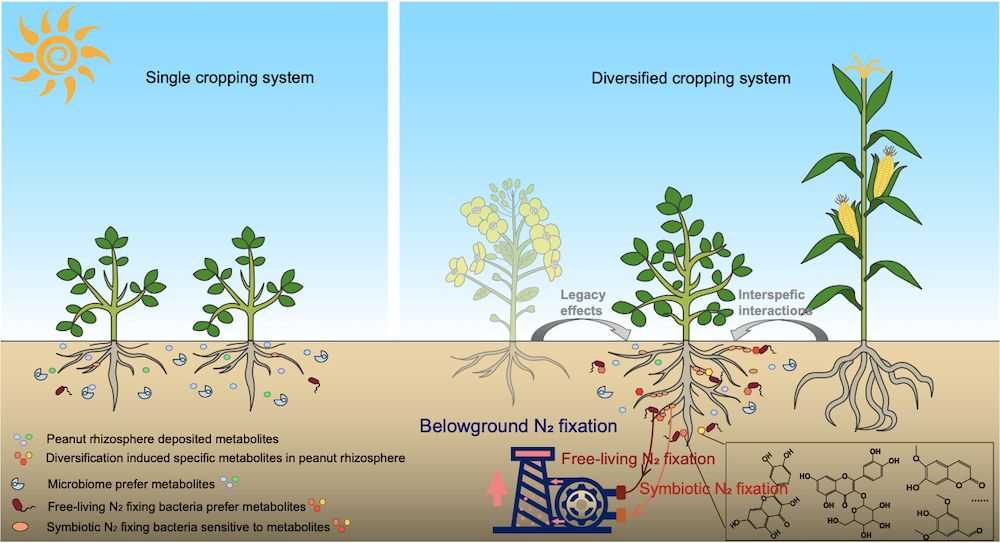



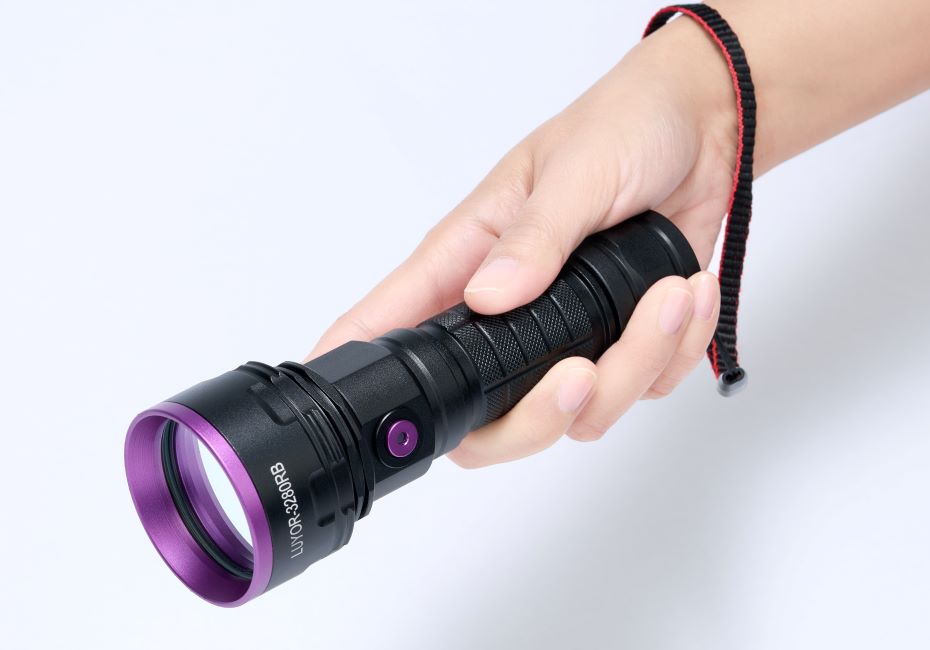
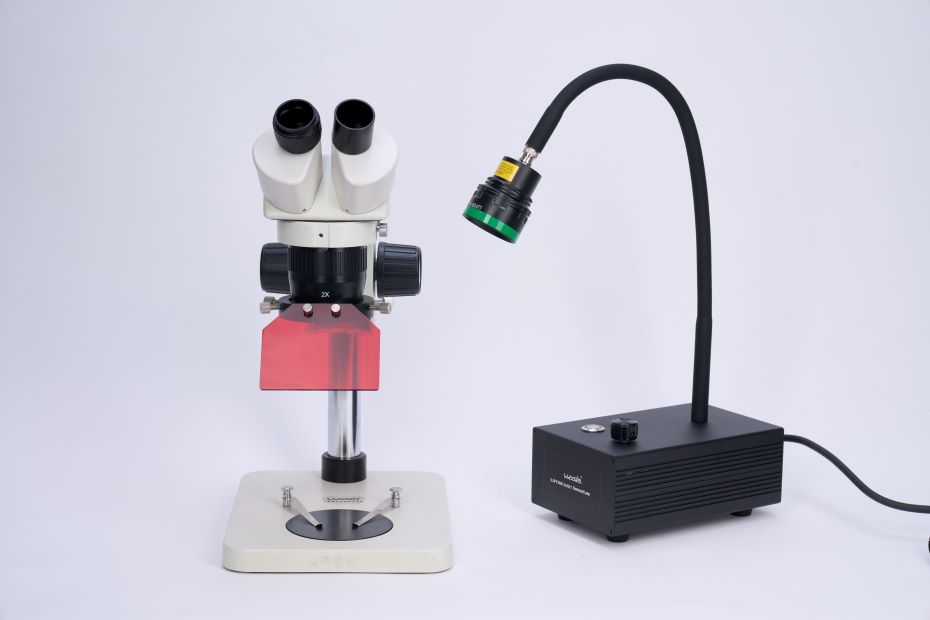
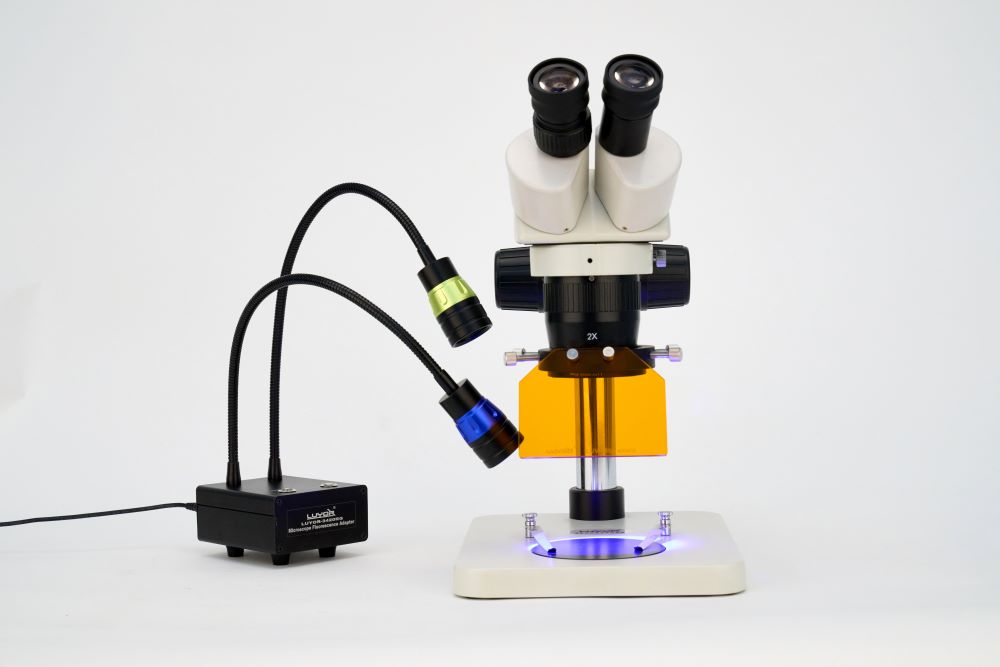
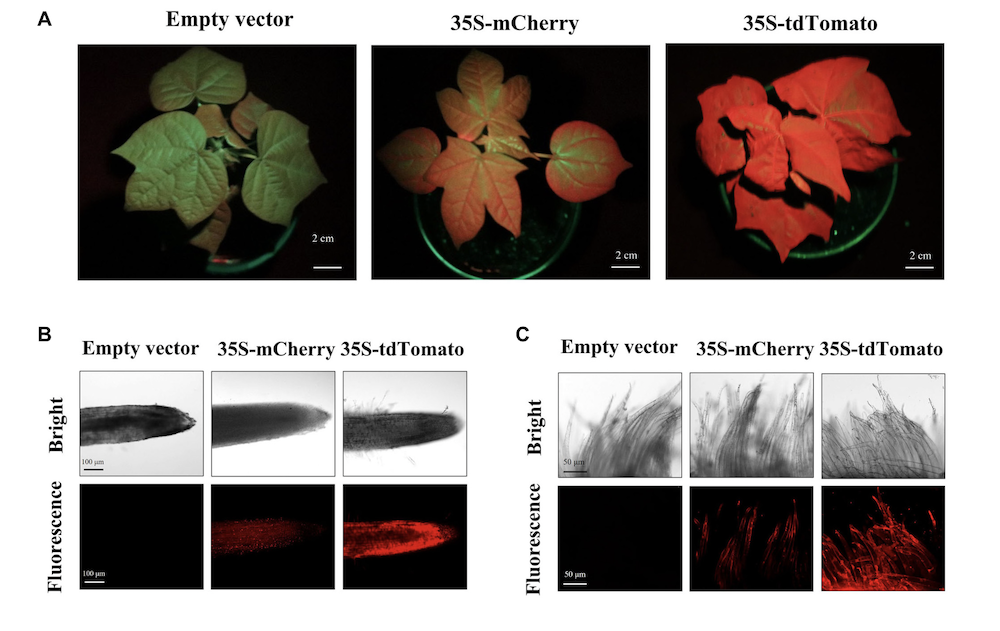
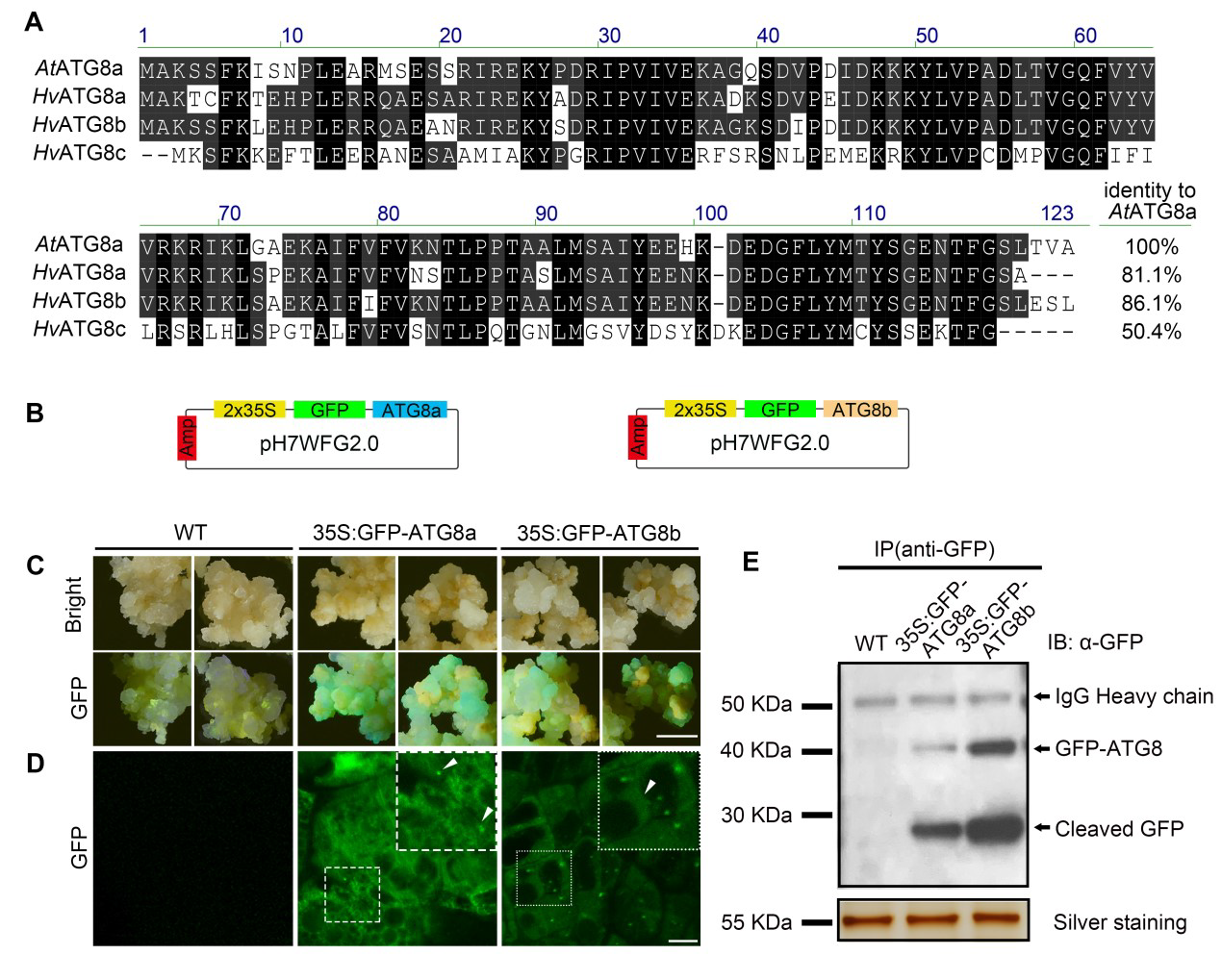
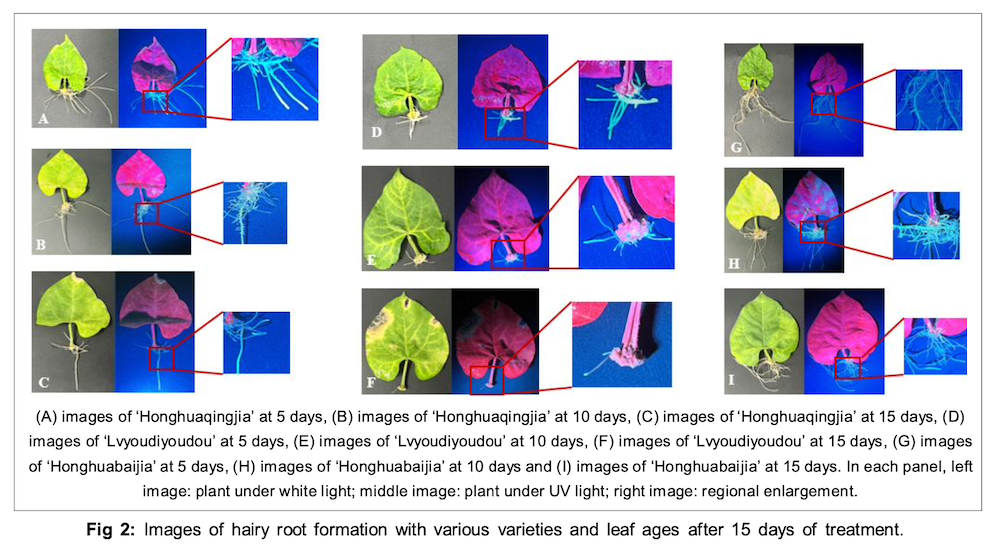
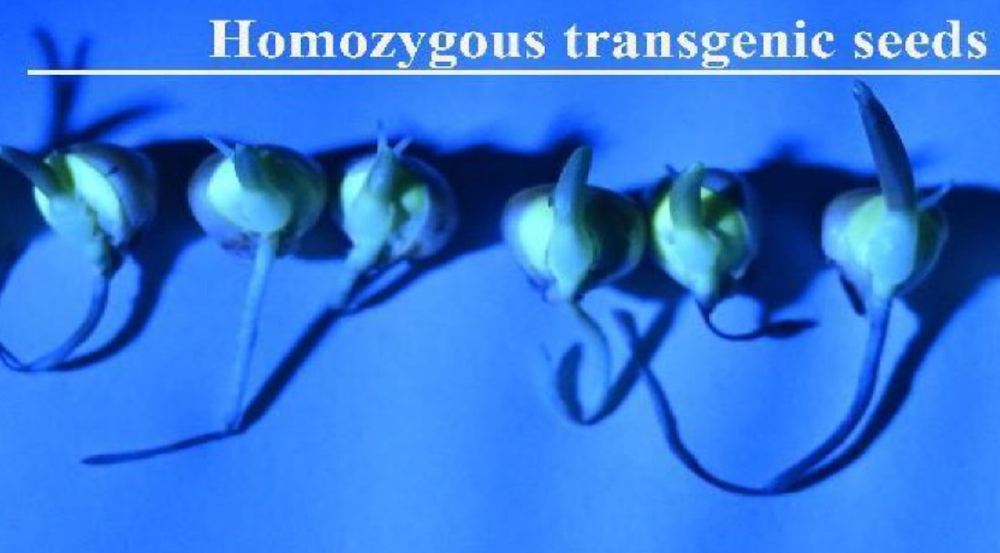

 Follow Me
Follow Me